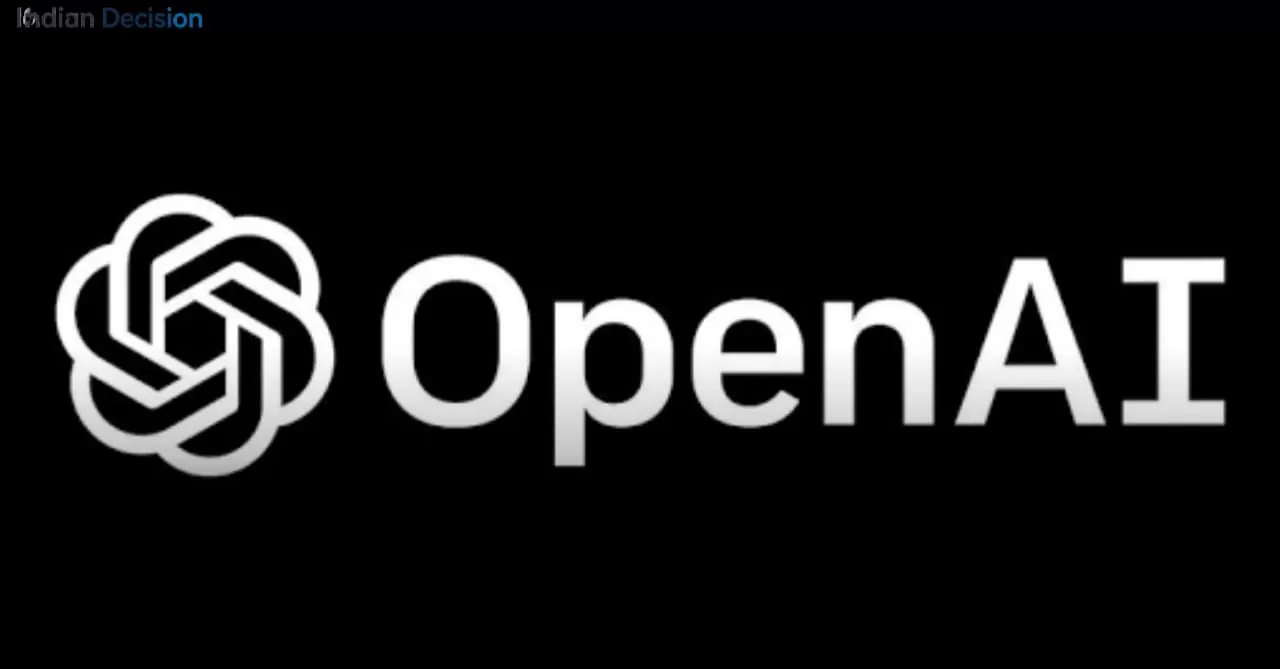Introduction
When OpenAI today unveiled its "Sora app" along with the upgraded "Sora 2" video model, it marked a fresh chapter in AI-powered media. These tools let creators transform text, images, or short clips into stylized video content. For those following “openai sora app”, “sora 2”, or “sora app” closely this is your deep dive.
Sora App + Sora 2: What’s New
From Prompt to Video
OpenAI’s Sora app leverages the "Sora 2" model to generate short videos enriched with realistic motion, synchronized audio, and sharper visuals. Users can start from a text prompt or upload an image or short clip, then let the system produce a vertical video optimized for social platforms. Sora 2 is built to overcome earlier limits better physics, more precise control over appearance, and full audio integration.
Social Layer & Cameos
But it’s not only a generative engine. The Sora app encourages social interaction: users can share AI videos in a vertical feed, “remix” others’ clips, and even grant permission for their faces (called “cameos”) to be used. Consent rules apply: likeness use is optional and revocable.
Why It Matters
Redefining Video Creation
For content creators, marketers, artists Sora’s arrival offers a shortcut: no camera crews, no editing suites, no VFX house. Just imagination and prompt. In recent talks in Hollywood, OpenAI showcased short films made by independent creators using Sora to pitch ideas. This could democratize production tools, though it may also intensify the tension between AI and traditional film professions.
Risks, Safeguards & Ethical Debate
The launch doesn’t come without concern. How do we prevent misuse deepfakes, misleading content, identity theft? OpenAI has baked in safety layers: stricter moderation, limitations on depicting people by default, iterative access rollout, and identity verification checks. Also, a recent research study found gender bias in how Sora handles certain prompts, reminding us that AI inherits cultural blind spots. Another technical study identified visual artifacts in generated frames, signaling quality constraints still to be solved.
How to Try It (for You)
Right now, the "openai sora app" is invite-only and limited to iOS users in select countries, including U.S. and Canada. You’ll need to sign up via OpenAI’s site to request access. Over time, OpenAI plans to expand and may integrate Sora capabilities into ChatGPT itself. If your region isn’t yet supported, keep an eye on announcements or regional launches.
Today 1 October 2025
On this date, OpenAI’s reveal of the "Sora app" and "Sora 2" model made headlines across tech and entertainment spheres. The announcements triggered both excitement and caution some media outlets flagged potential copyright and deepfake risks. Disney, for instance, reportedly opted out of allowing its content to be used. Meanwhile, analysts are debating whether Sora’s arrival nudges us toward a new era in media consumption or a battleground for regulation and creative control.
FAQ
What is the Sora app?
The Sora app is a mobile social video platform powered by OpenAI. It allows users to generate short videos from text prompts, images, or existing clips using advanced AI technology.
What is Sora 2?
Sora 2 is the upgraded video and audio generation model behind the Sora app. It provides more realistic results, better motion control, and improved audio synchronization for enhanced video creation.
How do I get access to the Sora app?
Currently, access is invite-only and limited to iOS users in select countries. Interested users can request an invitation through OpenAI’s official website.
Can I use Sora for commercial videos?
Yes, the Sora app can be used for commercial purposes. However, users must carefully review OpenAI’s licensing terms and ensure proper permissions for likeness and content usage.
Is Android supported yet?
No, the app is initially available only on iOS. Android support may be introduced at a later stage as OpenAI expands access.
How long can Sora videos be?
Sora 2 currently supports videos of up to around 10 seconds within the app’s social sharing format, making it ideal for quick, engaging content.
Are there risks involved?
Yes. Concerns include potential misuse such as deepfakes, misinformation, and unauthorized likeness use. OpenAI has implemented safeguards, but risks and ethical challenges remain under close discussion.
Conclusion
The unveiling of the "openai sora app" and "Sora 2" marks a bold bet: that AI will become a co-creator of media, not just a tool. For creators, it offers new freedom. For regulators, it presents fresh puzzles. If you’re curious, request access now test the Sora app, experiment with prompts, and see if this new frontier lives up to its promise. Stay tuned AI video has just begun.
Read Also
- Gemini AI Saree Look Prompts: Copy-Paste Guide for Viral Photos
- Google Gemini Saree Look Prompts – Banana Nano AI Trend
- 50 Detailed Prompts for Man Vintage Photo Editing and Realistic Photography
- Man vintage photo editing Prompts: Realistic Photos & Creative Prompt Ideas
- Google Gemini: A Deep Dive into Nano Banana, AI Photo Editing & Free Apps

